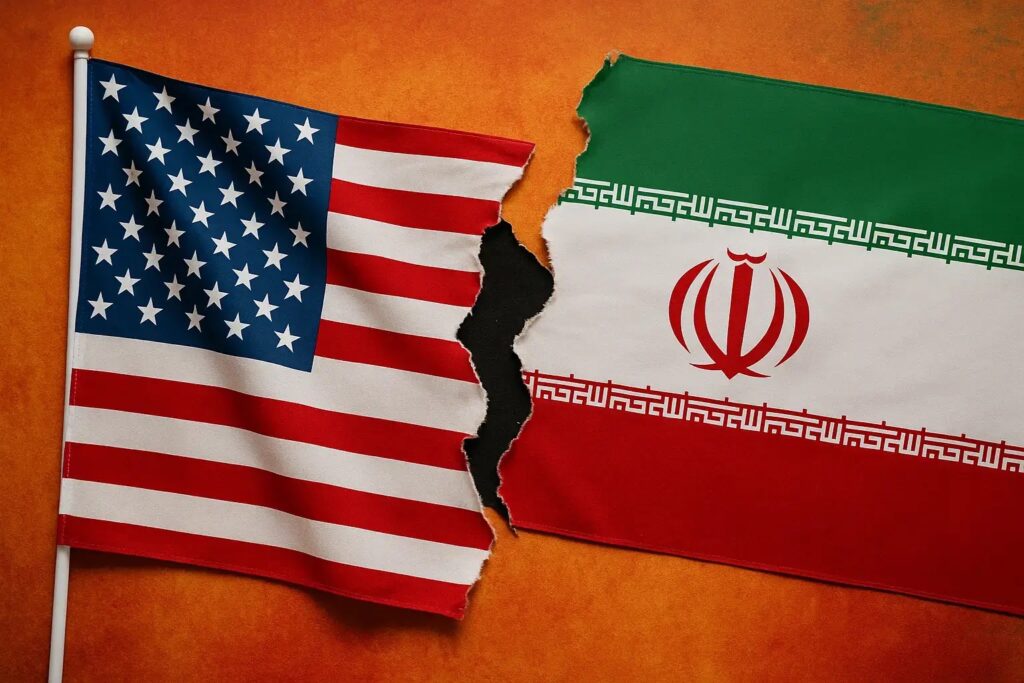The Rise and Ruin of a Fragile Pact
Once hailed as a diplomatic breakthrough, the US nuclear deal with Iran now lies in ruins. What began as a hopeful step toward peace turned into a story of betrayal, geopolitical chess, and ticking time bombs. Behind closed doors, deals were made. But on the ground, tensions boiled—until the whole agreement exploded under pressure.
A Deal Forged in Diplomacy
In 2015, the world watched as Iran and six major powers—led by the United States—reached what was known as the Joint Comprehensive Plan of Action (JCPOA). The promise? Iran would curb its nuclear ambitions, and in return, crushing international sanctions would be lifted.
It wasn’t just about uranium. It was about hope—hope that two bitter enemies could put aside decades of mistrust and find common ground.
And for a moment, it worked.
Iran dismantled thousands of centrifuges. Its uranium stockpile was reduced. Inspections became routine. The region exhaled.
The Trump Administration’s Reversal
Then came 2018. In one of the most dramatic foreign policy decisions of his presidency, Donald Trump pulled the United States out of the agreement. He called the deal “disastrous” and claimed it gave Iran a free pass to build nukes in the future.
To his supporters, it was a bold stand against a regime they viewed as dangerous. To others, it was the beginning of a slow-motion crisis.
Sanctions returned. Iran, feeling betrayed, gradually began walking back its commitments. Enrichment levels crept higher. Tensions escalated.
The deal, once a symbol of restraint, now became a casualty of shifting political winds.
What Went Wrong?
Mistrust on All Sides
At its heart, the deal was built on a delicate balance of verification and trust. But trust is easy to shatter—and nearly impossible to restore.
Iran believed it had kept its end of the bargain. The UN’s nuclear watchdog, the IAEA, repeatedly confirmed Iran’s compliance in the early years. But for hardliners in Washington, that didn’t matter. They argued that Iran’s regional influence, ballistic missile program, and human rights abuses made the deal worthless.
To Tehran, America’s exit proved the US couldn’t be trusted. For Iranian hardliners, the JCPOA became a cautionary tale—a lesson not to compromise with the West.
The Snapback of Sanctions
Once Trump withdrew, sanctions came roaring back. Iranian oil exports plunged. The economy spiraled. Protests erupted across the country. Ordinary citizens, not government officials, bore the brunt.
From Iran’s perspective, it had been cheated—stripped of promised relief and punished despite complying with the terms.
It responded by breaching limits on uranium enrichment and restricting international inspectors. The cat-and-mouse game resumed.
Biden’s Dilemma: Restore or Rebuild?
A Campaign Promise Meets Harsh Reality
When Joe Biden took office in 2021, he promised to re-enter the agreement—if Iran returned to compliance. But the world had changed. Trust was gone. New hardliners were in power in Iran. And years of bad blood stood between the two nations.
Despite multiple rounds of indirect talks through European mediators, progress stalled. Each side accused the other of moving the goalposts.
Iran demanded guarantees: “What if the next US president pulls out again?” Biden couldn’t promise otherwise—America’s political system doesn’t allow such guarantees.
A Clock Ticking Toward a Crisis
Meanwhile, Iran’s nuclear program accelerated. Enrichment levels reached near weapons-grade. The so-called “breakout time”—the time needed to build a bomb if Iran chose to—shrunk to weeks.
Israeli officials sounded alarms. Washington issued warnings. But diplomacy dragged on, and military options stayed on the table, unspoken but ever-present.
The Human Cost of Broken Diplomacy
Sanctions and Suffering
While politicians argued in capitals, everyday Iranians suffered. Medicines became scarce. Inflation soared. Young people lost faith—not just in their government, but in the entire international system.
The promise of a better future through diplomacy had turned into a daily struggle for survival.
For Iranian dissidents and ordinary citizens alike, the collapse of the deal wasn’t abstract—it was hunger, pain, and hopelessness.
Regional Fallout
The failed agreement didn’t just impact Iran and the U.S.—it rippled through the Middle East.
Militias grew more aggressive. Proxy wars intensified. The balance of power shifted. Israel, Saudi Arabia, and other regional powers prepared for the worst.
The JCPOA wasn’t just a nuclear deal. It was a pressure valve. Without it, that pressure is back—and building.
What’s Next for the US Nuclear Deal with Iran?
A Path Forward—or a Point of No Return?
Talks continue—quietly, cautiously. But hopes are dimming. Each delay pushes both sides closer to confrontation. The next US election looms large. Iran’s centrifuges keep spinning.
There’s a narrow window to revive diplomacy. But it’s closing.
If that door shuts, the world may enter a far more dangerous chapter—one where bombs replace talks, and history repeats its darkest lessons.
Lessons the World Can’t Afford to Forget
This saga teaches a brutal truth: peace is fragile. It requires trust, patience, and persistence. But most of all, it requires consistency. No deal can survive if nations treat their promises like policies that change with each administration.
The US nuclear deal with Iran was never perfect—but it was a start. Its collapse is a warning, not just for America and Iran, but for the entire world.
Because when deals die, wars often follow.
Final Thoughts
The JCPOA wasn’t just ink on paper. It was a moment where enemies tried to become something else—partners in peace, however uneasy.
Its demise wasn’t inevitable. It was a choice.
Now, the world stands at a crossroads again. Rebuild the deal—or repeat history’s mistakes. The stakes couldn’t be higher.

